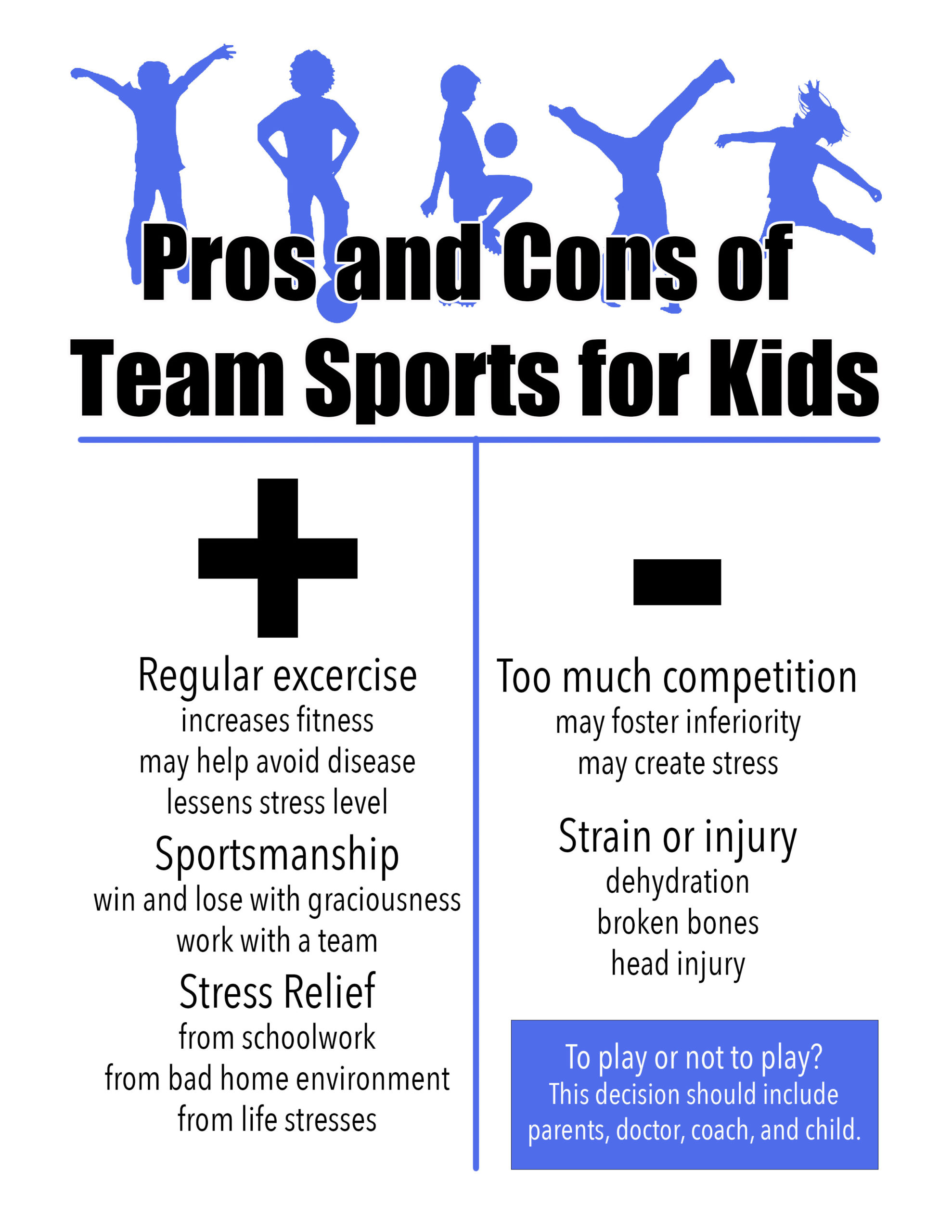
Cyberbullying: Aggression in Our Children (Part 2)
August 13, 2021
How to Find Competent, Safe Child Care
October 7, 2021by Susannah Wollman
School is starting back up and my child is already asking about sports.
Now that the 2021-2022 school session has started, many children are anxious to get back into school life, including school sports. But are sports for kids really safe? And at what age, which sport? This article seeks to give parents some information that will help them make a decision in their child’s favor.
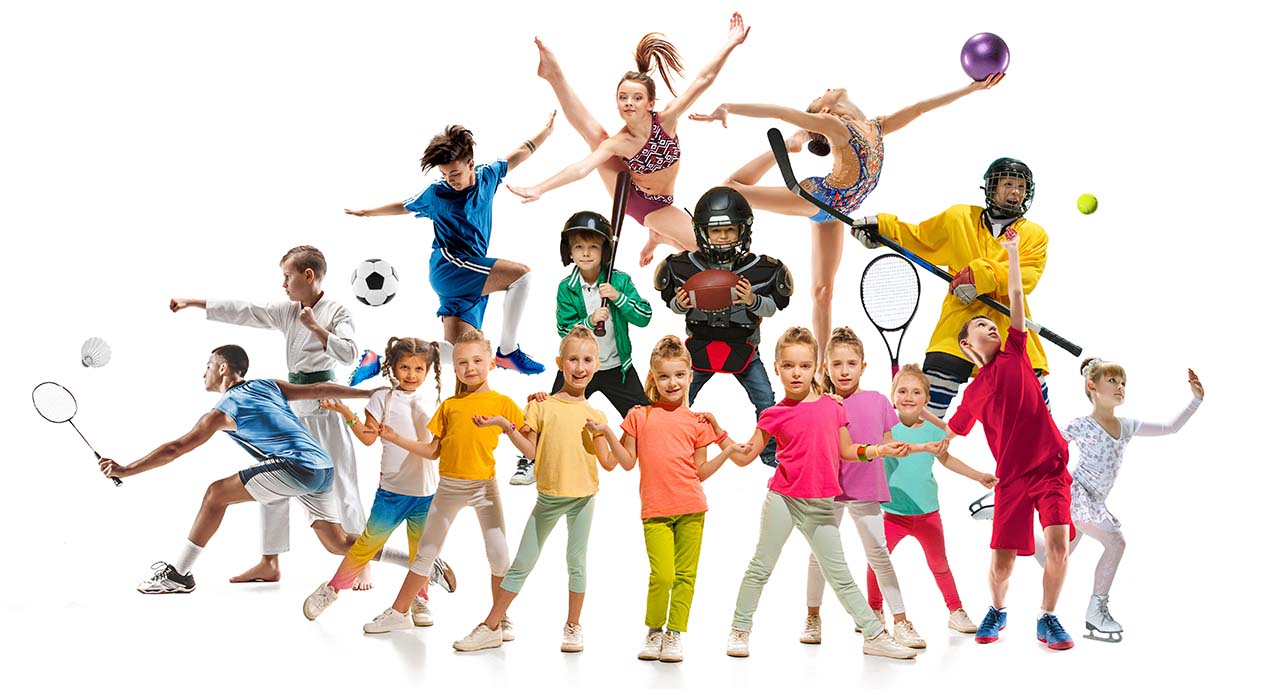
Tips that pertain to all sports and kids of all ages.
No matter how old your child is or what sport he or she wants to play, there are some practices that should be followed for all school-aged athletes. Here, in a nutshell, is what you should encourage your child to do.
Get them ready.
- Be sure your child is ready to play by seeing your doctor first. A pre-participation physical exam (PPE) is required for most school sports, but even if it isn’t, you should take your child to the doctor or clinic for an exam to be sure he or she is healthy enough to play.
- Make a list of important information including phone numbers, doctor info, and allergy information and be sure the coach has a copy and it is in your child’s student file.
- Ask for a meeting with the coaches to be sure you are all on the same page with your child’s medical conditions requiring special attention.
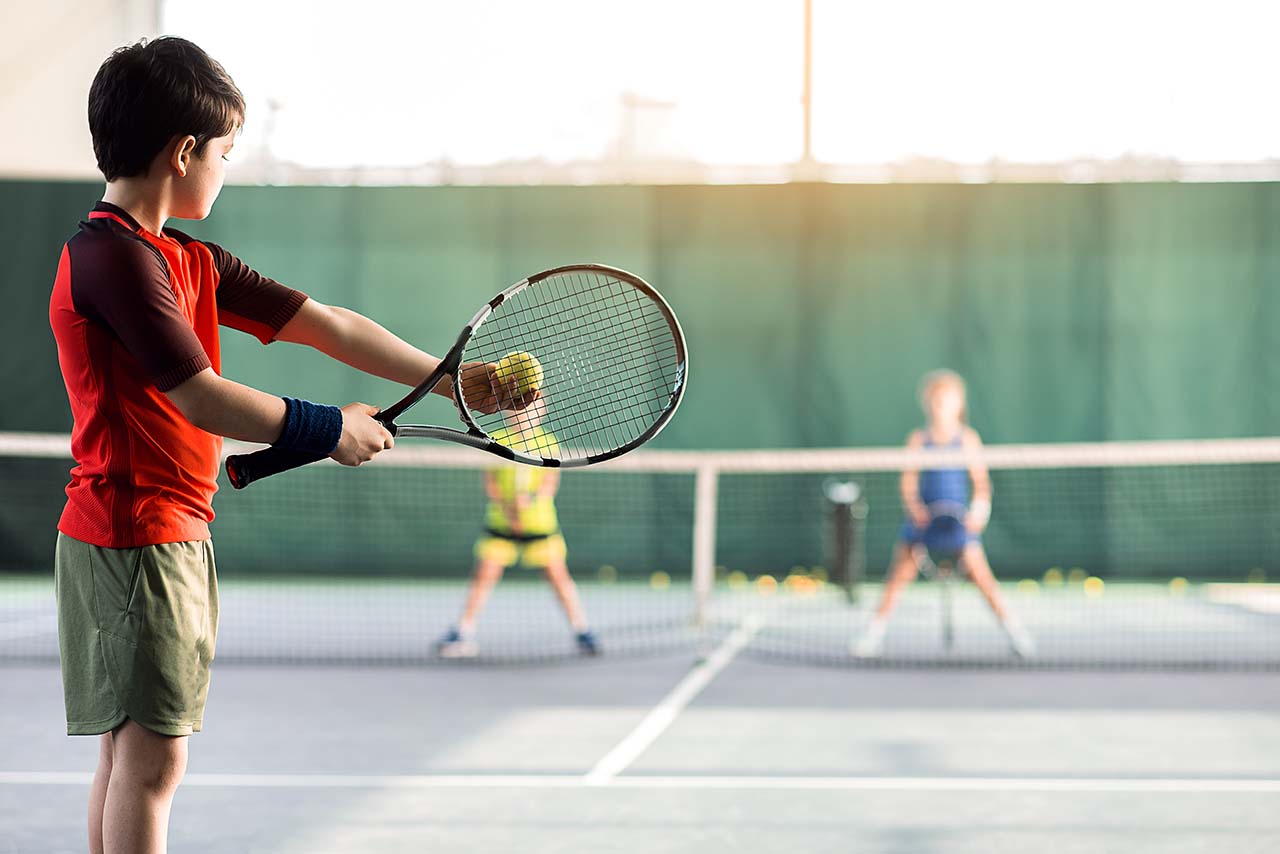
Always warm up first.
- Does the coach require a warm-up session before practices and games?
- Stretching is important to release muscle tension that could lead to sports-related injuries.
- After an initial period of light activity, each major muscle group should be stretched, holding for 20 to 30 seconds.
Don’t forget to drink!
- Do you know the signs and symptoms of dehydration? Does the coach and assistant?
- Encourage your child to drink lots of water before, during, and after the practice or play. Start on the way to practice and stop every 15 or 20 minutes to drink more. Send along a water bottle every time.
- If you are the coach, don’t wait for the kids to tell you they’re thirsty. Cut dehydration off at the pass!
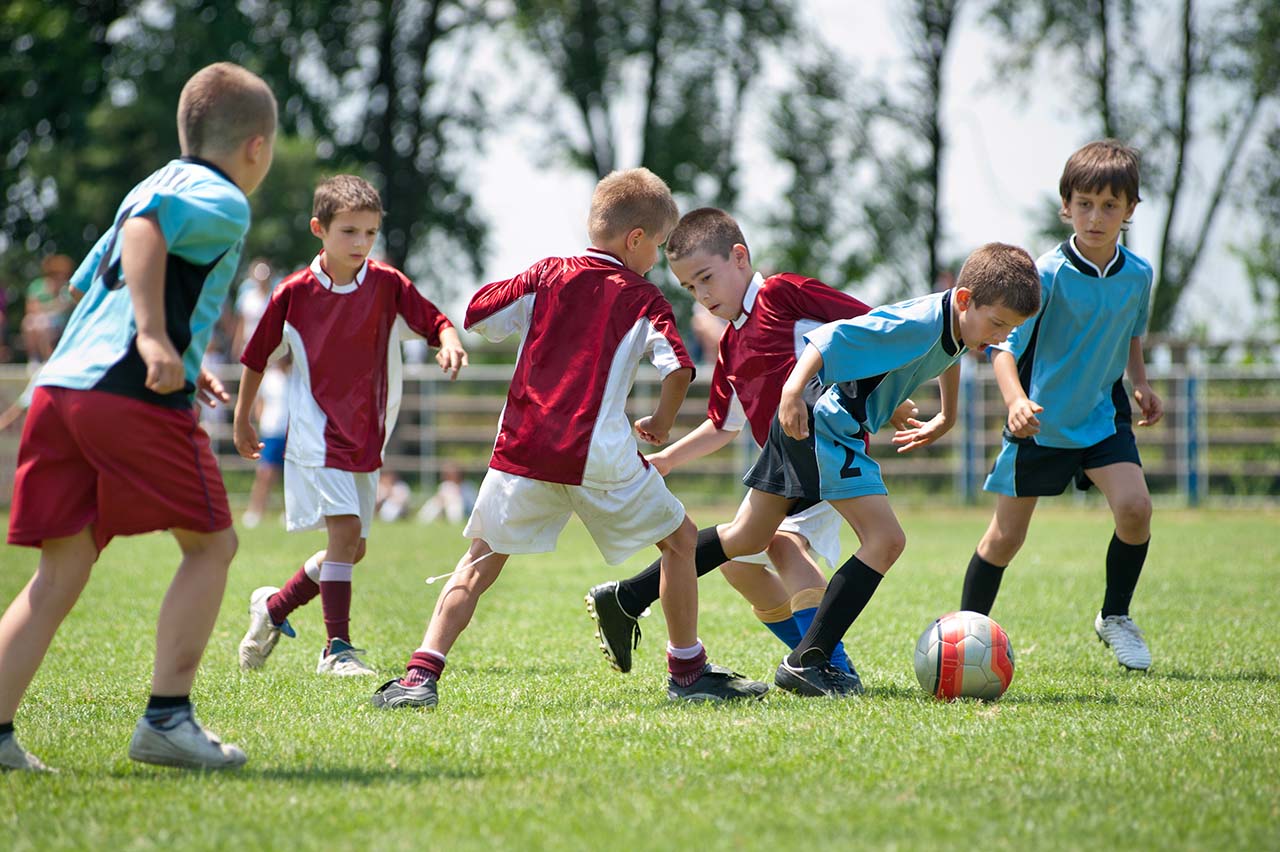
Dress the part.
- Get properly fitting sports gear for your child and insist that he or she wear it every time—no exceptions. Don’t buy second-hand gear that doesn’t fit or may be worn out. You’ll save more by preventing injuries or making them less severe if they do occur.
- Don’t forget the sunscreen! The correct gear means helmets, shin guards, ankle braces, shoes with rubber cleats, mouth guards, and whatever other equipment is standard for the sport your child is playing.
- Don’t save it for game day! Practicing without the proper equipment is as likely to cause injuries as when playing the game.
Protect that brain.
- Everyone involved—coaches, kids, and parents—should know the signs and symptoms of a concussion.
- If you even suspect a child is injured, remove him or her from play until cleared by a medical professional. Remember: “If in doubt, sit it out.”
Protect that brain.
- Even if your child is super excited about playing, rest is crucial to avoid overuse injuries, so all players should take breaks during practices and games. Just because your child is the star doesn’t mean resting him or her shouldn’t happen.
- Make sure kids know to tell coaches or parents about pain, injury, or illness when it happens, even if that’s during play.
- Schedule at least one or two days each week when the rule is “no practice, no play.”
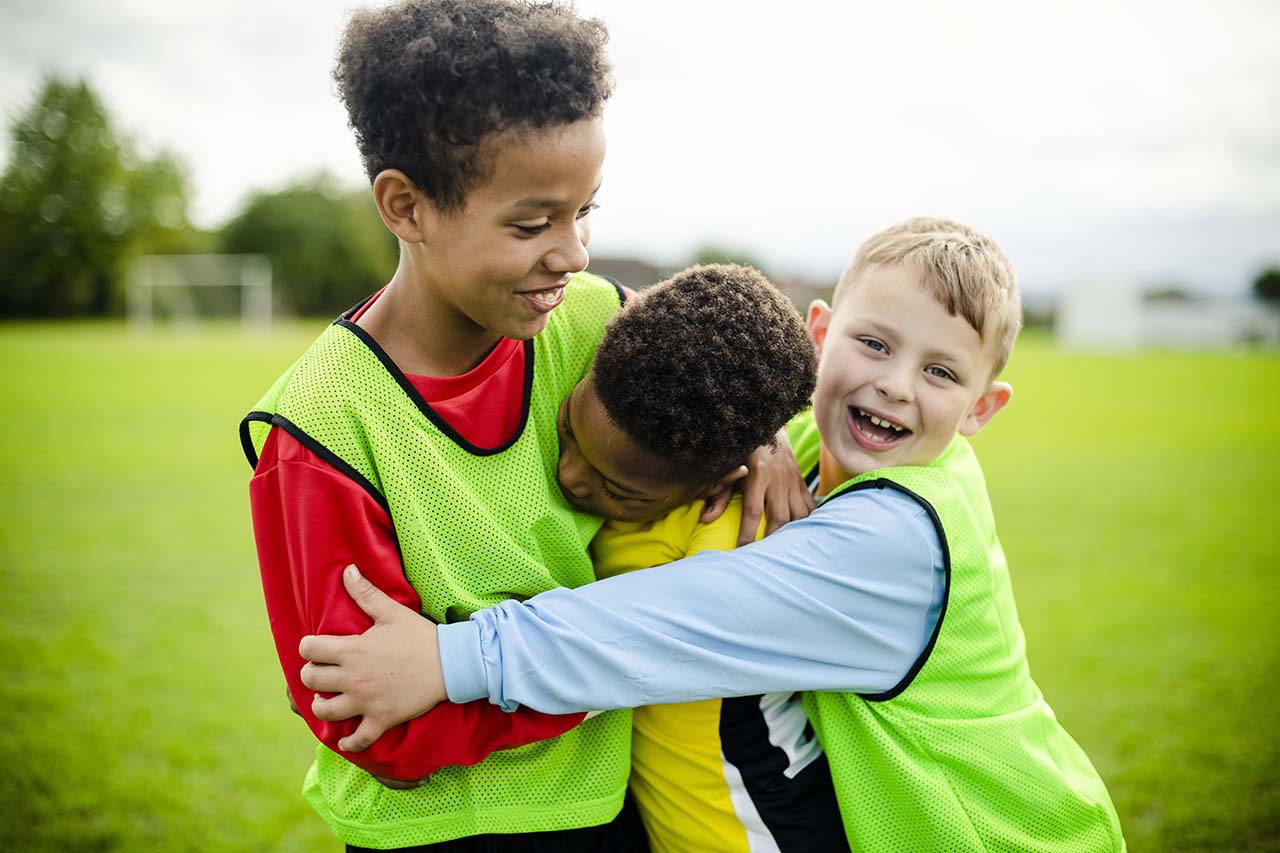
There is such a thing as too much practice.
- Even if your child is super excited about playing, rest is crucial to avoid overuse injuries, so all players should take breaks during practices and games. Just because your child is the star doesn’t mean resting him or her shouldn’t happen.
- Make sure kids know to tell coaches or parents about pain, injury, or illness when it happens, even if that’s during play.
- Schedule at least one or two days each week when the rule is “no practice, no play.”
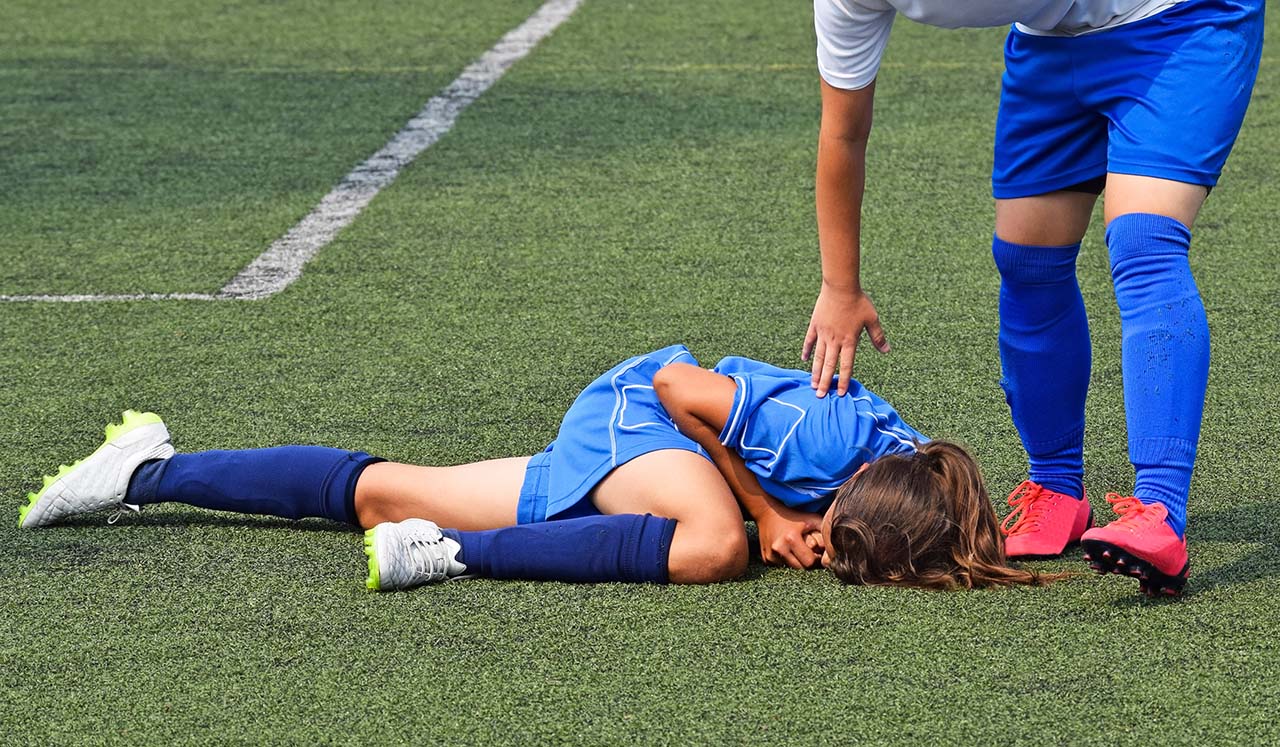
Why should my child play a sport?
If you’re the kind of parent that excelled in school sports, you may be eager to see your child follow in your footsteps. Each child is different, though, and you can’t relive your childhood through your child. Letting them choose sports (or not) is important. Remember why team sports are good things for kids to be involved in, but don’t become overly involved in your child’s fun. Here are the top three reasons kids benefit from playing team sports.
- Your child’s well-being is not measured in terms of physical fitness only, but also in terms of emotional and mental development. Self-esteem is strengthened when a child is part of a team. Learning new skills and having fun in competitive play is also a part of team sports.
- Working toward a common goal as a team is another important skill team sports provides. You’ve heard it said that “there is no “I” in team,” and so it is. Since each child gives his or her unique contribution to the team, they learn that “pulling their own weight” is a skill that will help them in other areas of life, such as work.
- And, of course, there are a wealth of physical benefits, too. Keeping physically fit affects the child’s ability to fight off disease, increase strength, and is also a natural stress reliever.
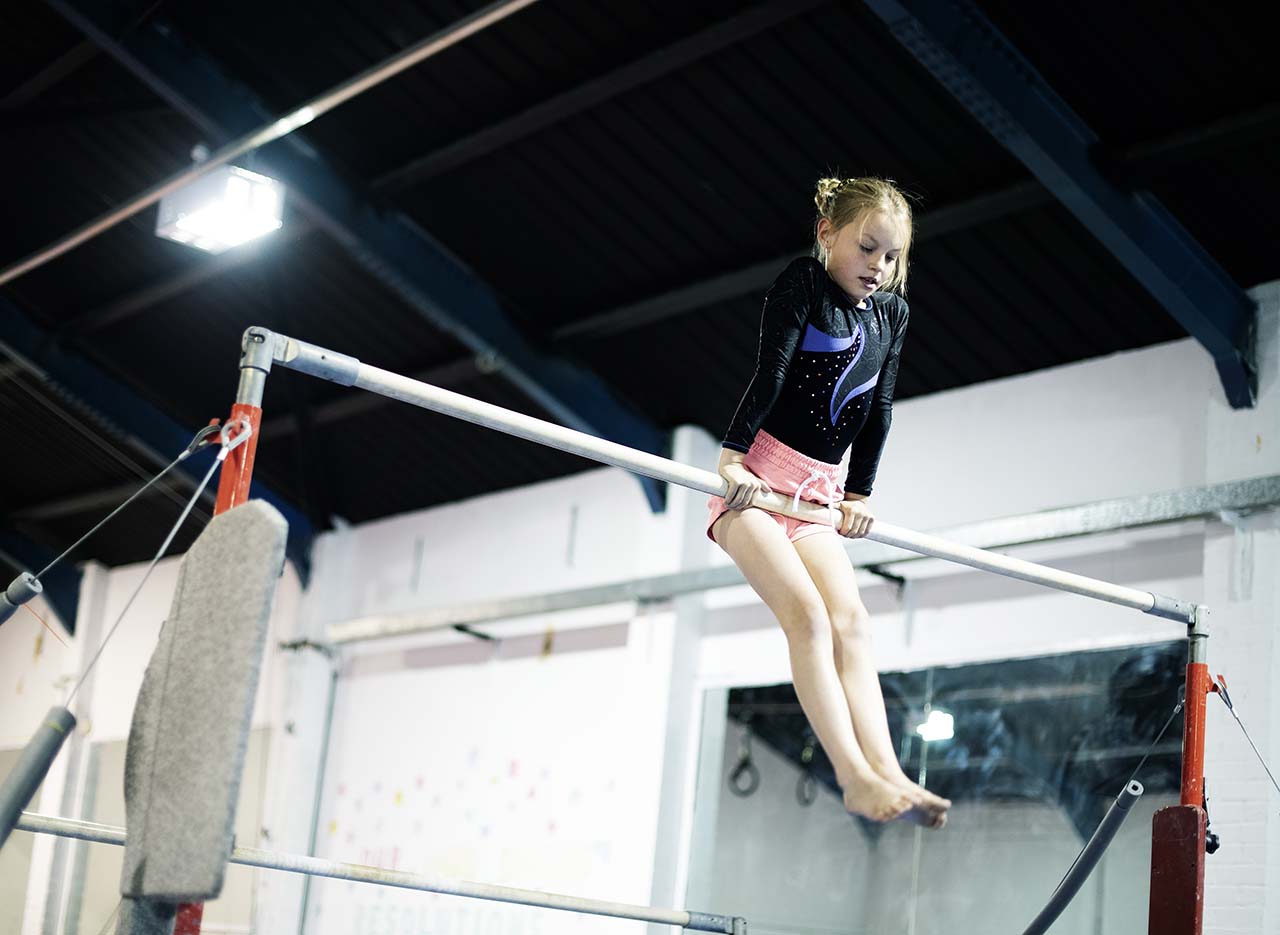
What age and which sport?
Most experts agree that organized sports for kids should start at about age 6 to 7. Kids younger than that may be starting to show the ability for basic movements, but usually don’t have the physical (and definitely the mental and emotional) development for team sports. According to the Mayo Clinic, toddlers who participate in organised sports typically don’t gain any long-term advantage in terms of future sports performance.
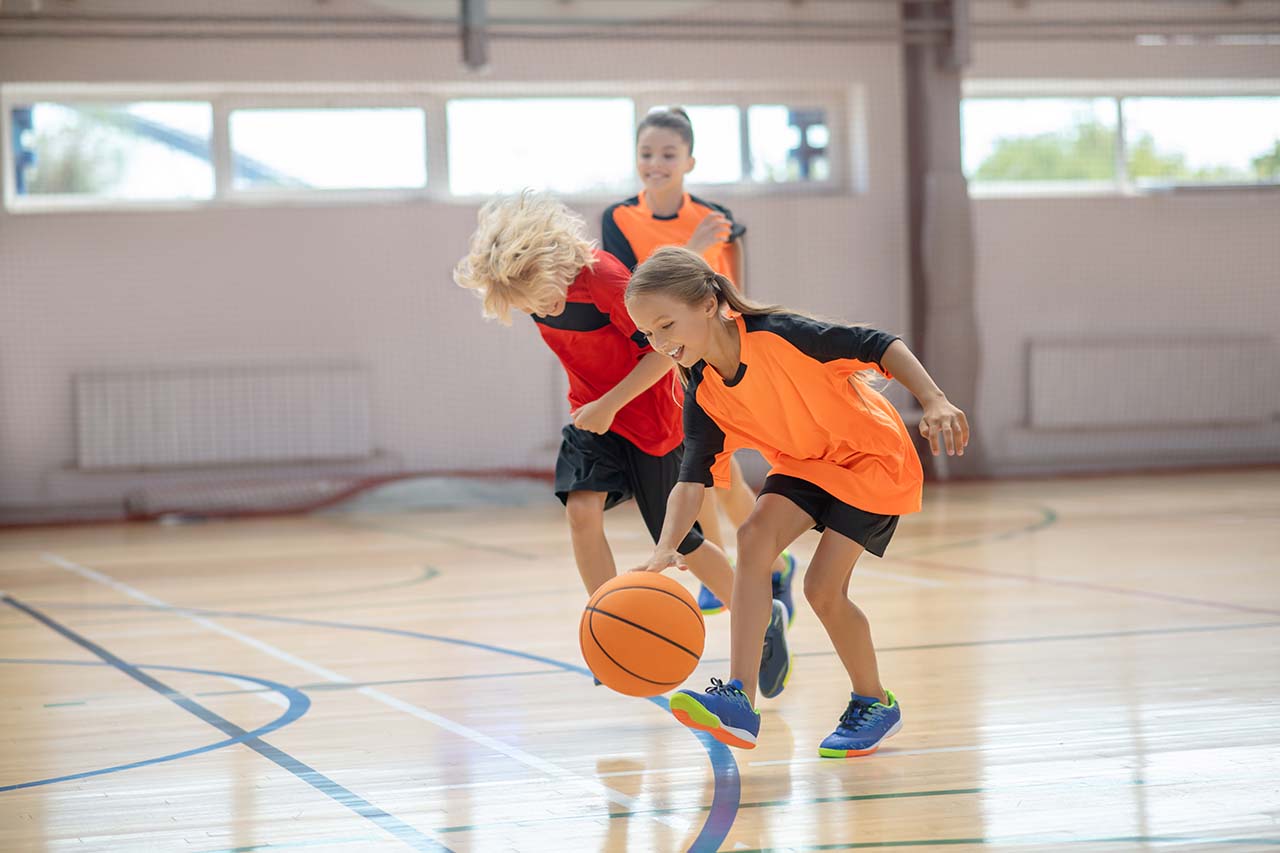
Ages 6-9
As children mature, their vision, attention spans, and ability to concentrate for longer periods of time improve. Their transitional skills, such as throwing and catching, also get better. Additionally, they can follow directions much better. Some good sports for them would be running, soccer, gymnastics, swimming, tennis, and martial arts.
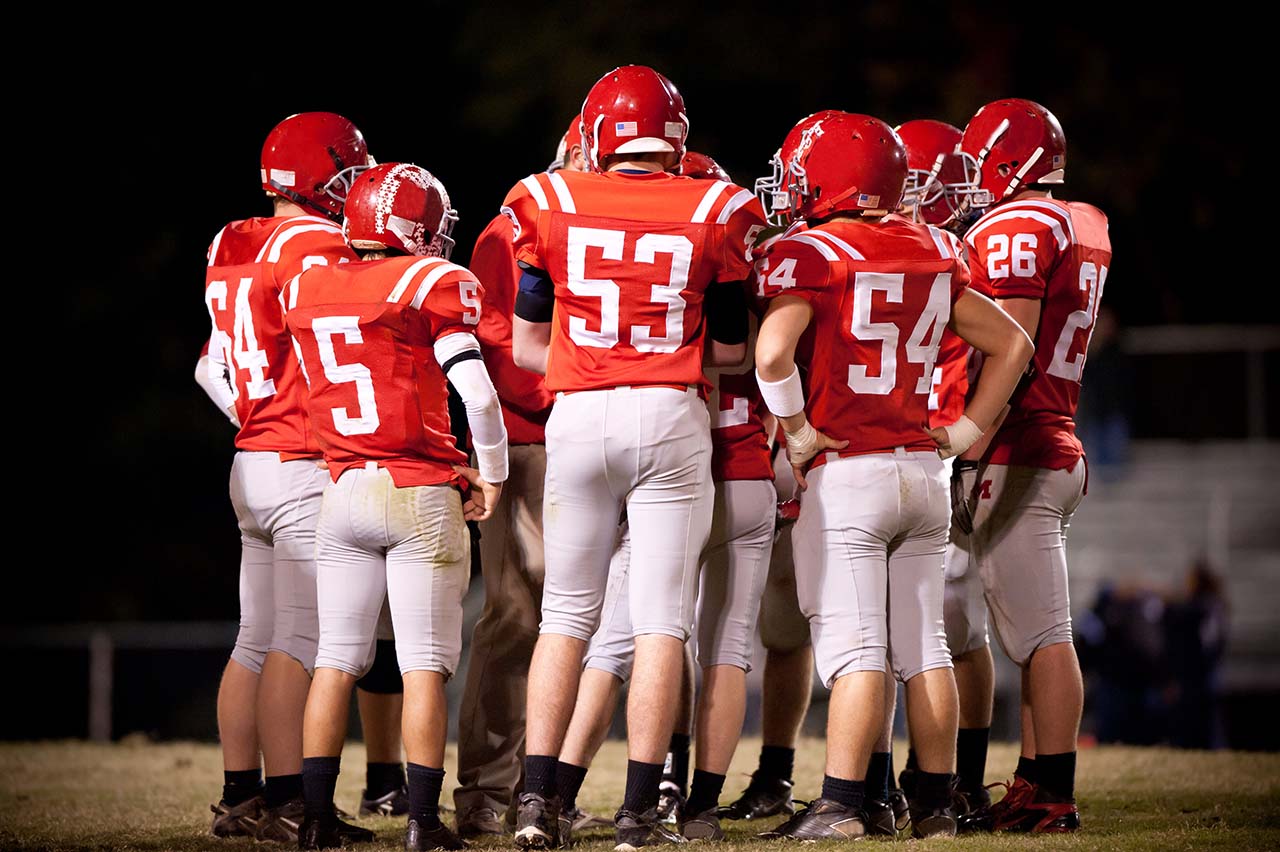
Ages 10 and up
Above the age of ten, most children’s vision has matured. They are better coordinated, have better balance, and their understanding and recall of sports strategies and rules is vastly improved. They can conceive of themselves not only as individuals but also as team members. More complex skill sports such as football, basketball, hockey and volleyball are good choices.
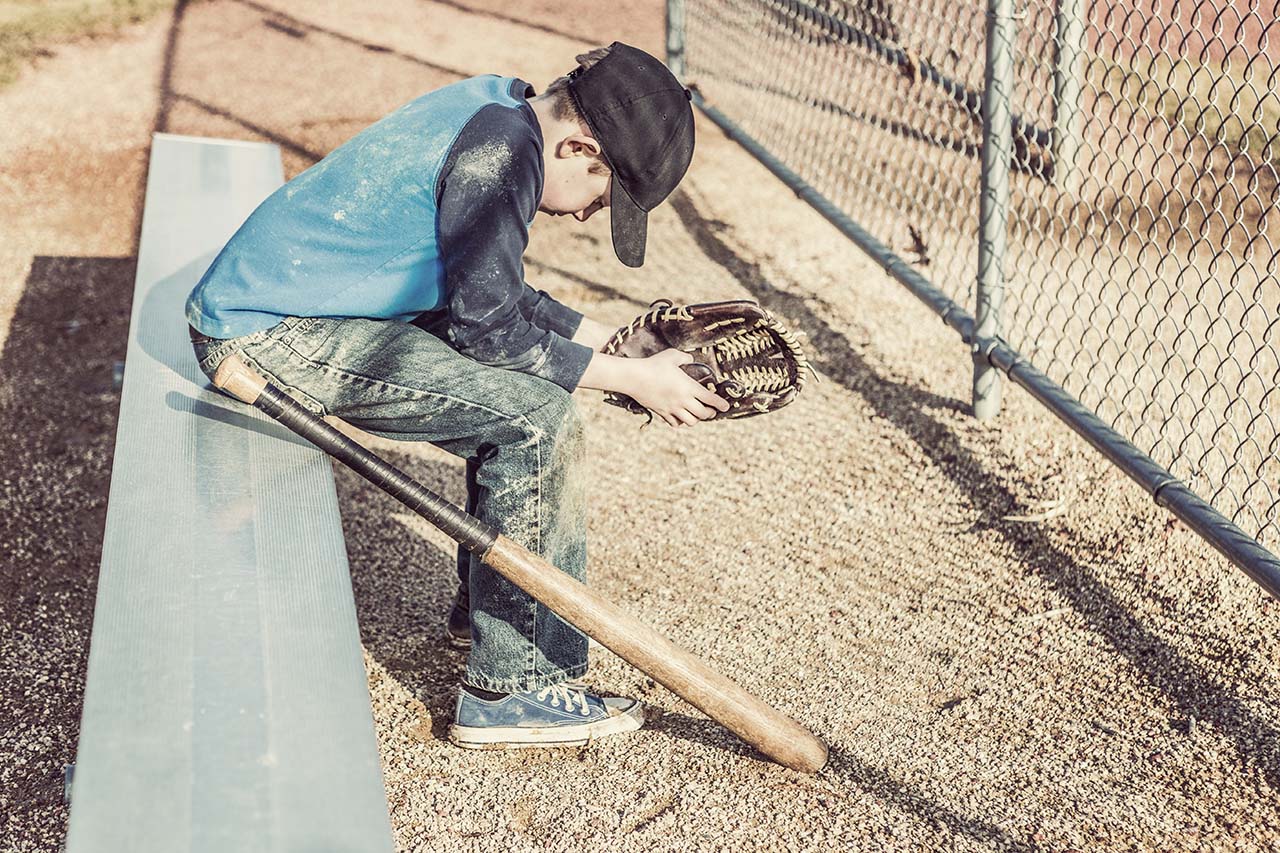
Let the child choose
Remember that children are experimenting. They should be allowed to try different sports to see if any of them are particularly to their liking. They may show a natural affinity for one activity over another, and that should guide their participation. However, committing to an entire season might be hard for the 10-12 year old group, so don’t make that a requirement until a little older. Positivity and encouragement to enjoy the sport should be the priority over winning. If your child really doesn’t like a sport, though, don’t persuade him or her to “stick with it” or “hang in there” for the good of the team. Let them know that they are your priority, before the team.
